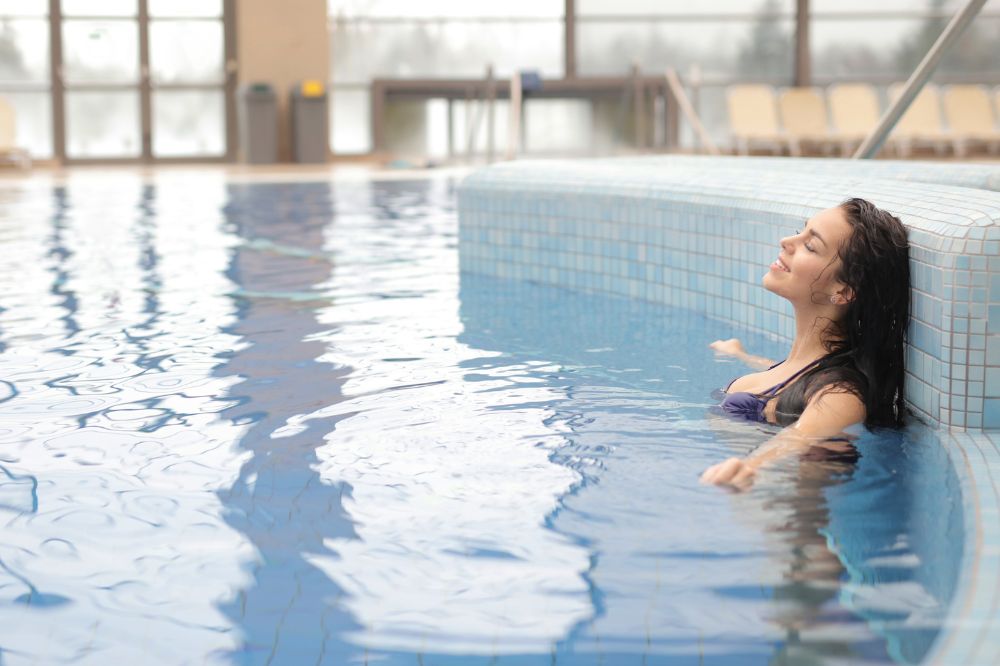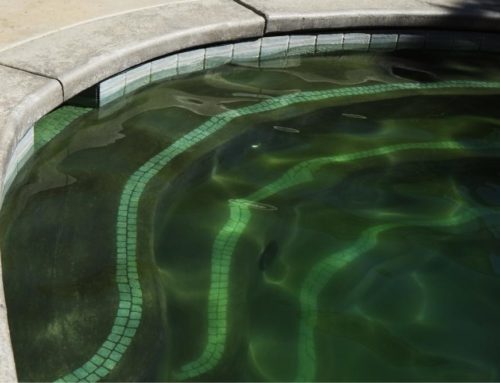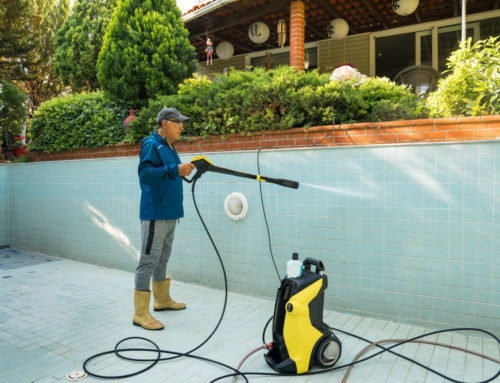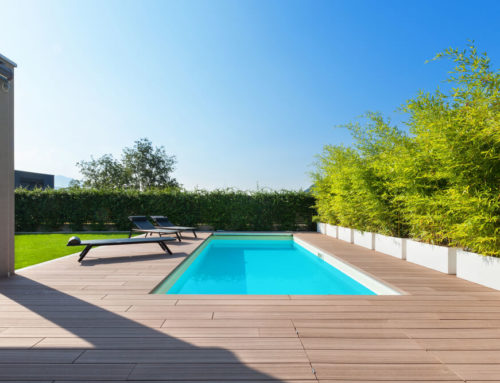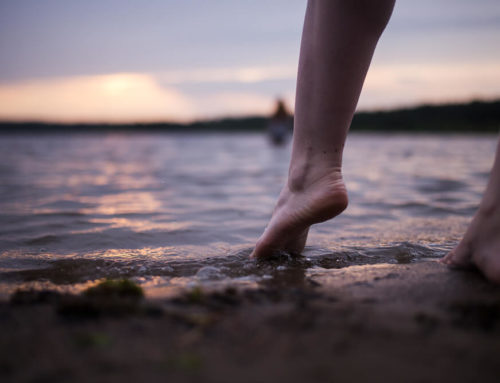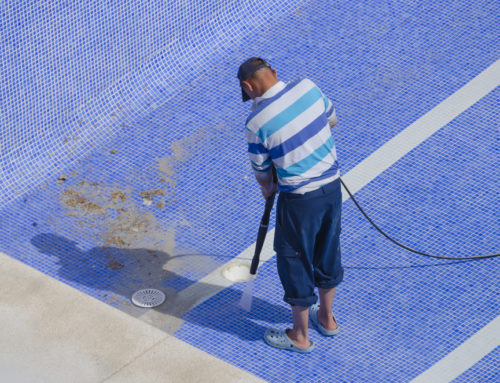Besides adding value and beauty to your home a pool can be used for both functional and recreational purposes. As a homeowner keeping the pool clean, must be your priority to ensure that your family, stays healthy while enjoying their time in the water. Ideally, a clean, sparkling pool should have clear blue water, but if you notice that the water in your pool has turned green, you may wonder whether it is safe for you and your loved ones to swim in it.
This blog discusses why green water in ponds may be safer than green water in pools and when you know that the water in your pool is safe.
How Are Pools Different from Ponds?
While you may go ahead and enjoy a pool with algae (green brackish water), it may not be the same for a pool. This is because, though a pond is a water body like a pool, it is very different in several aspects. Ponds have unique, balanced ecosystems where different types of organisms coexist. The algae that give the pond water its green hue and the microorganisms present in the algae are vital sources of nutrients for thriving aquatic life. This ensures that the toxicity level in the water is in control, thus making it safer to swim.
However, a pool is just stored water that does not have aquatic life within it, so the accumulation of algae and other harmful microorganisms keeps multiplying. So, a pool with algae can be unsafe for any person swimming in this water.
Algae Attract Germs
The presence of algae in the pool may not necessarily make the water unsafe for swimming. However, it does mean that the chlorine level in your pool is much less than the required limit, which has allowed the algae to grow. Chlorine is added to water to remove harmful microorganisms from the water and to ensure that water quality remains suitable and safe for swimming. When the chlorine level in the pool is low, it allows viruses, bacteria, and parasites to thrive in the water, besides algae, which can prove harmful to your health.
These harmful microbes can enter the body through your eyes, nose, ears, mouth, or even a nick in the skin and cause you to fall ill with diseases such as fever, diarrhea, and ear or throat infections.
When is Your Pool Safe to Swim?
There are certain things you must regularly check, besides the color of the water, to ensure that superior water quality is always maintained so that you and your family can enjoy long hours in the cool water without worry.
- Chlorine level is in the range of 1-5 ppm
- Chloramine level is near zero
- pH level is between 7.4-7.6
- Alkalinity is between 100-150 ppm
- Water temperature is between 26-30 degrees
Beat the Heat Safely with Sparkling Clear Pool Service!
For more information on how to keep your pool clean, contact us today. At Sparkling Clear Pool Service, we have the experience and expertise to offer the highest service standards.
Contact Us

